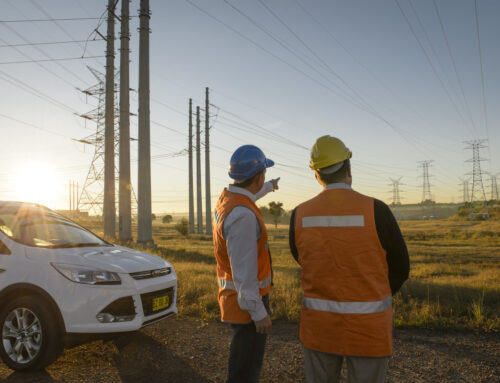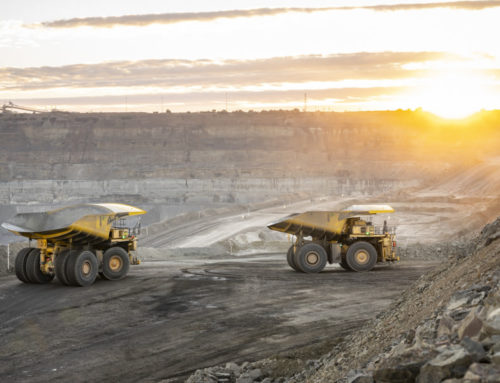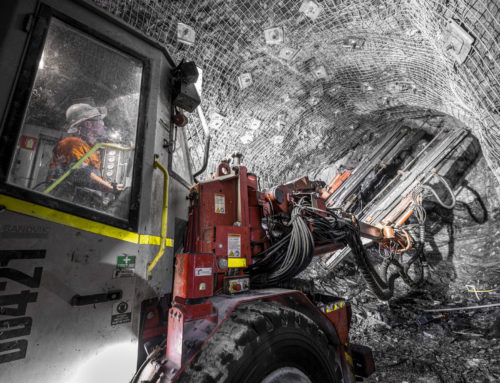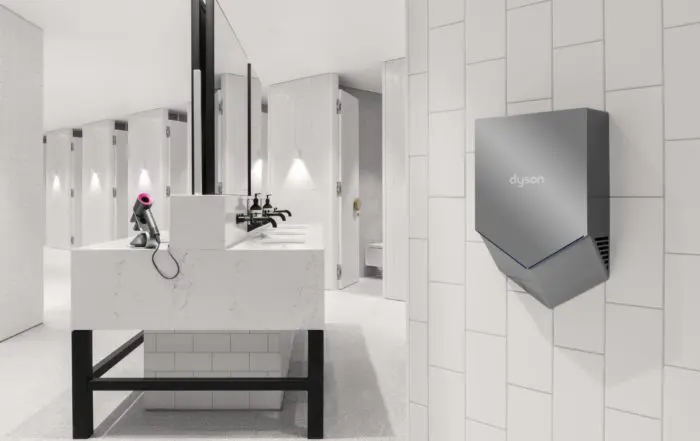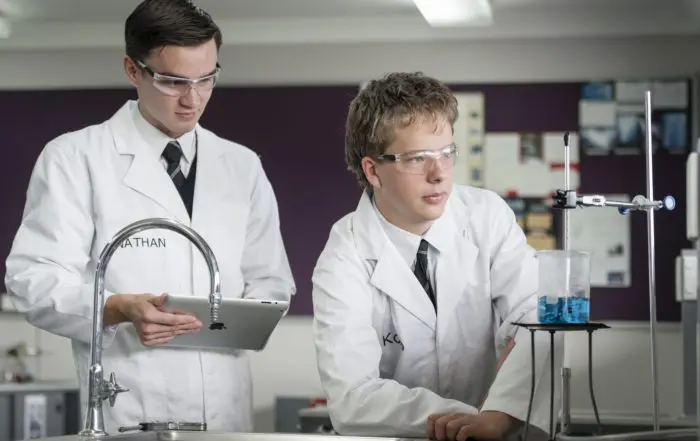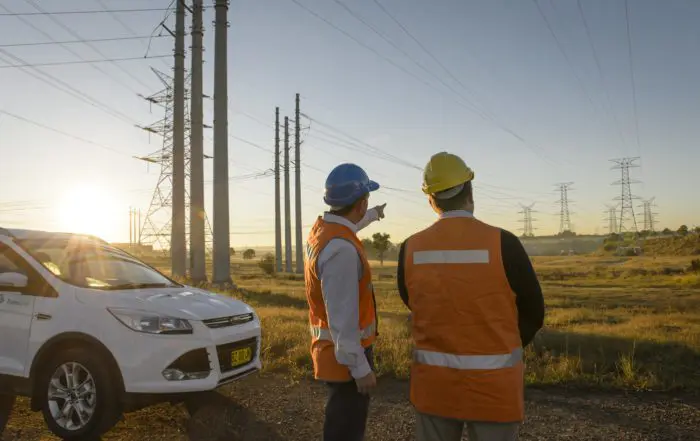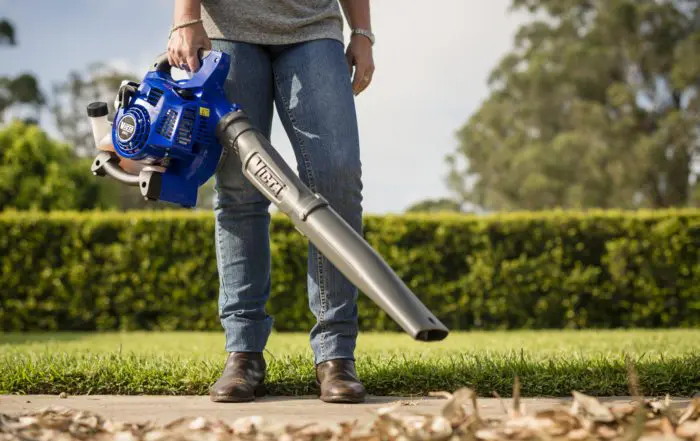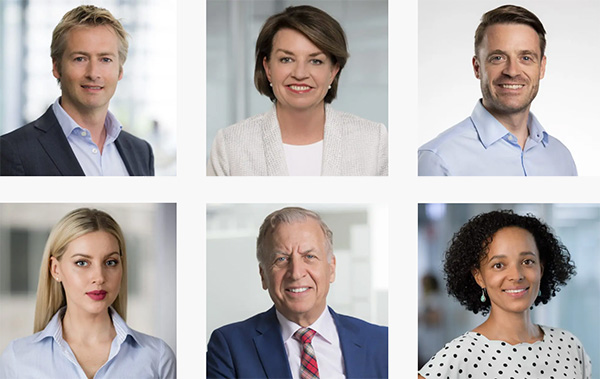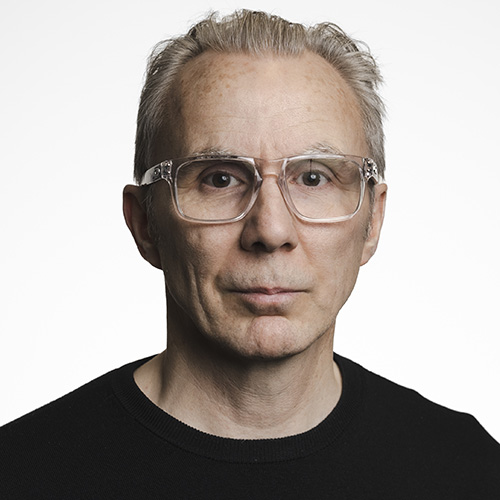
Shooting The Breeze is a photography blog by Gavin Jowitt, an award-winning Sydney-based photographer, offering valuable articles and advice on corporate, industrial, and architectural photography; life and photography in Sydney; and running a successful photography business.
What is industrial photography?
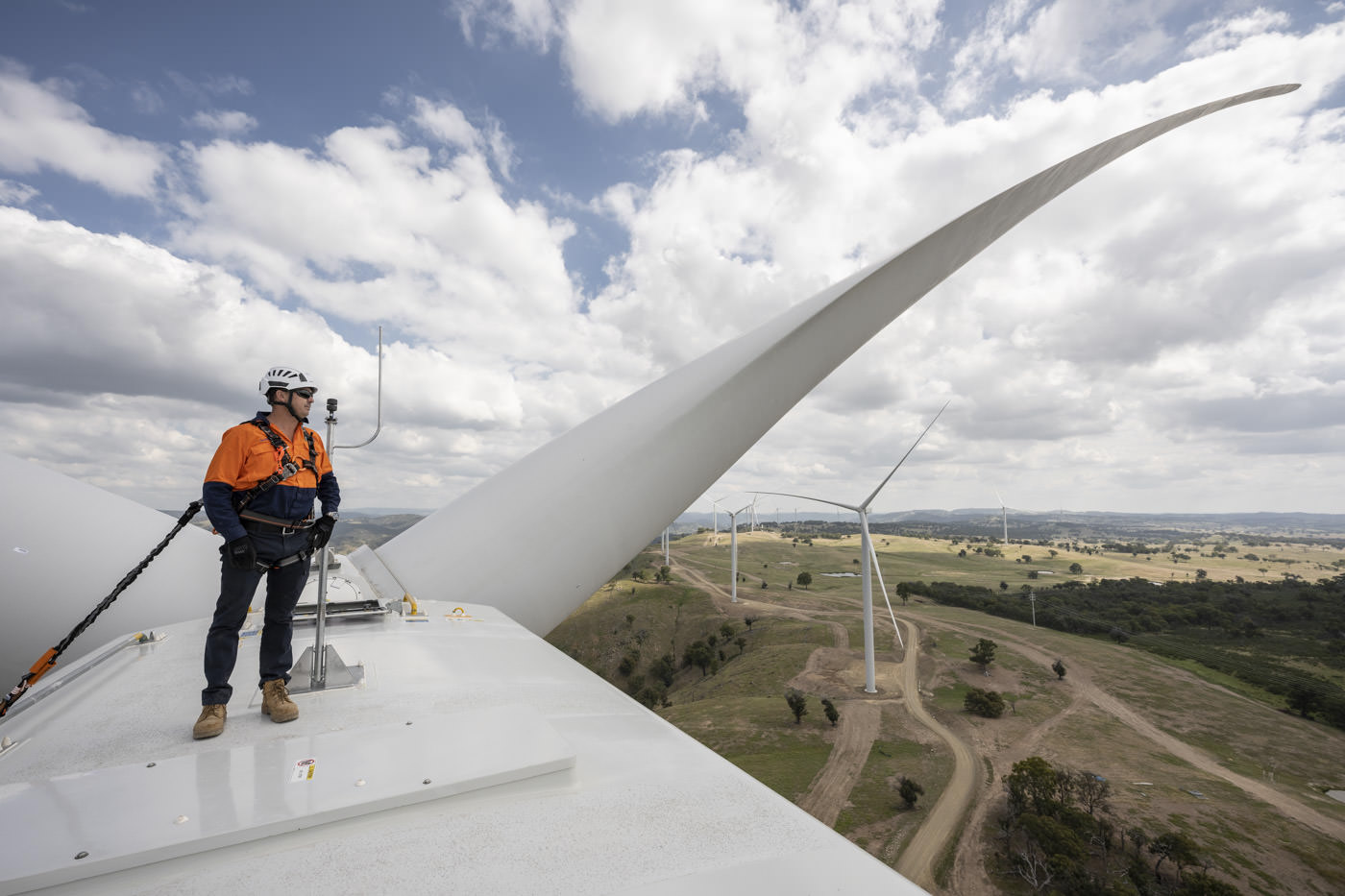
Capturing the complexity of modern industry
In an era of constant innovation, industrial photography has emerged as a powerful way to capture the intricate processes and machinery that keep the wheels of progress turning. As a specialised branch of photography, it focuses on portraying industrial settings, equipment, personnel, and processes in striking detail. In this article, we’ll explore the multifaceted importance of industrial photography, its diverse uses, the unique challenges photographers face during an industrial photoshoot, and how to find the right industrial photographer for your needs.
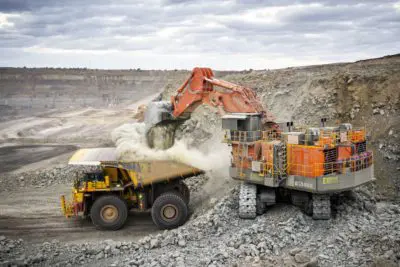 The power of industrial imagery
The power of industrial imagery
Marketing, promotion, and investor Communications
The modern business landscape is fiercely competitive, and a company’s ability to stand out often hinges on its capacity to present itself effectively. High-quality industrial photographs can be invaluable marketing tools, showcasing a company’s products, services, and capabilities in a visually appealing manner. By illustrating the scale and complexity of operations, businesses can attract potential clients, investors, and skilled workers, giving them an edge over their competitors.
In addition to their promotional applications, industrial photographs also play a crucial role in investor communications. Companies can use these images to provide investors with a transparent and compelling representation of their operations, production facilities, and technological advancements. This transparency can foster trust and credibility, helping investors make informed decisions about their financial commitments. By incorporating industrial photography into investor communications, businesses can build stronger relationships with their financial backers and secure the resources necessary for continued growth and innovation.
Documentation and record-keeping
Industrial photography plays a crucial role in documenting the progression of projects, manufacturing processes, and other activities within the industry. These images provide a visual record of a company’s growth and development and serve as references for future projects. By comparing past and present photographs, businesses can track changes and improvements over time, enabling them to make informed decisions about their operations.
Training and education
The technical nature of industrial environments demands that employees thoroughly understand complex machinery, systems, and procedures. Industrial photographs can serve as invaluable teaching tools, providing trainees and employees with a visual representation of their work environment. These images can also be instrumental in safety and compliance training, helping workers identify potential hazards and adhere to proper protocols.
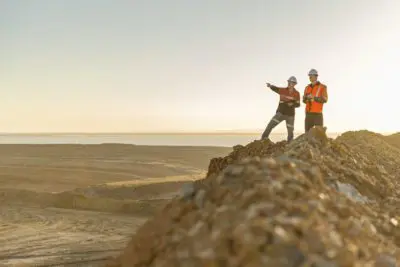 Navigating the challenges of industrial photography
Navigating the challenges of industrial photography
Safety and Compliance
When venturing into the heart of an industrial setting, safety should always take precedence. Industrial photographers must adhere to all safety protocols, don the appropriate personal protective equipment (PPE), and remain vigilant for potential hazards. The photographer and the client are responsible for ensuring that all parties are well-versed in the risks associated with the shoot.
Prior to the photoshoot, it is essential for photographers to familiarise themselves with the specific safety regulations and guidelines applicable to the industrial site. These may include general workplace safety standards as well as industry-specific regulations. In some cases, photographers may need to complete safety training courses or certifications to comply with regulatory requirements.
Moreover, photographers should be mindful of the potential hazards associated with the equipment and processes being captured. This awareness enables them to position themselves and their gear to minimise risk while still achieving the desired shots. Additionally, coordinating with site personnel and safety officers can ensure that potential hazards are identified and addressed, allowing the shoot to proceed smoothly and safely.
An in-depth understanding of safety requirements is crucial for the photographer to ensure that the images captured showcase workplace safety best practices. This knowledge allows them to accurately represent the company’s commitment to maintaining a safe and compliant work environment while highlighting the proper use of PPE, adherence to safety protocols, and the implementation of effective safety measures.
By prioritising safety and compliance, industrial photographers can navigate the complexities of their subject matter while producing stunning images that capture the essence of modern industry and demonstrate a company’s dedication to workplace safety.
Mastering Lighting
The ever-changing landscape of industrial environments often presents photographers with challenging lighting conditions. Low light, mixed light sources, and strong backlighting can all test a photographer’s ability to capture high-quality images. A seasoned industrial photographer will possess the necessary expertise and equipment to tackle these obstacles and produce stunning results.
Understanding the nuances of lighting in industrial settings is crucial for capturing images that accurately represent the subject matter while maintaining visual appeal. Industrial photographers must be adept at identifying and manipulating light sources to enhance the clarity, depth, and atmosphere of their photographs.
By mastering lighting techniques and employing the right equipment, industrial photographers can overcome the inherent challenges presented by industrial settings and capture images that showcase the intricate details, captivating textures, and dynamic atmosphere of the modern industry. This mastery of lighting elevates industrial photography from mere documentation to an art form, producing images that captivate viewers and convey the essence of complex industrial processes and environments.
Access and equipment
Gaining access to specific areas within an industrial site may necessitate special permissions, clearances, or escorts. Photographers must be prepared to navigate these bureaucratic hurdles and, once on-site, utilise specialised equipment such as tripods, macro lenses, or aerial photography gear to capture images from various angles and distances.
Confidentiality and security
In an age of corporate espionage, protecting sensitive information is more important than ever. Industrial photographers should be prepared to sign non-disclosure agreements (NDAs) and comply with any security measures implemented by the client.
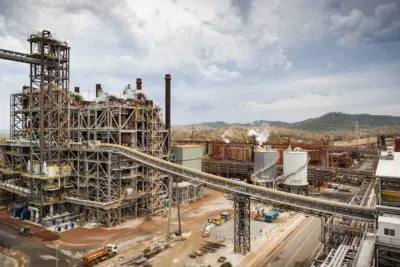 Finding the perfect industrial photographer
Finding the perfect industrial photographer
To find the ideal industrial photographer, conduct online research or seek recommendations from industry contacts. Browse photographers’ websites and portfolios to evaluate their style, experience, and capabilities. Look for professionals with relevant qualifications and professional memberships to ensure you are hiring a skilled and reputable photographer.
Contact several photographers to discuss your project and request quotes. Provide detailed information about your requirements, desired outcomes, and any specific challenges or considerations. This will help photographers provide accurate quotes and give you a better understanding of their approach to your project.
Evaluating communication and professionalism is crucial when choosing a photographer. A reliable industrial photographer should be responsive, professional, and willing to answer questions and address concerns. Good communication ensures a smooth photoshoot and achieves the desired results.
Finally, compare each photographer’s quotes, communication styles, and overall impressions to make an informed decision. Remember, the right photographer will not only capture visually stunning images of your industrial operations but will also be able to navigate the unique challenges presented by your specific environment.
Industrial photography is a critical component of various industries, contributing to effective marketing, documentation, training, and problem-solving. Understanding an industrial photoshoot’s unique challenges and considerations, from safety and lighting to access and confidentiality, is essential for successful outcomes. By following the steps outlined above and prioritising clear communication, you can find the perfect industrial photographer to capture the essence of your operations and help you achieve your goals. As industry continues to evolve, so too will the importance of this specialised form of photography, shining a light on the intricate processes that propel us forward.
About the author
Gavin Jowitt is an accomplished corporate communications and branding professional with over 30 years of experience as a creative director and photographer. Awarded Australian Commercial Photographer of the Year in 2019, Gavin has built a reputation for delivering high-quality photography that enhances stakeholder communication. Gavin works with a wide array of public and private sector clients, guiding them in creating versatile photography libraries while offering extensive corporate, industrial, and commercial photography services throughout Australia.
Recent posts
Victoria Cross: Photographing North Sydney’s New Metro Station
Photographing Victoria Cross station captured its sleek design and functionality, showcasing how it transforms North Sydney’s urban landscape and connectivity.
The Art of Clean: Why Dyson Demands the Highest Quality Product Photography
Dyson's unwavering commitment to visual excellence and how it has shaped their brand identity in the minds of consumers.
Tips for Planning and Arranging a Photoshoot at Your School
In today’s digital age, visual content is one of the most potent ways to engage and inspire prospective students, parents, and staff. Whether for a new school prospectus, website, or social media, professional education photography [...]
Transgrid’s Innovative Use of Photography
Transgrid is illuminating the human and technical side of Australia's energy infrastructure through captivating visual storytelling.
The Power of Lifestyle Product Photography
A deep dive into the world of lifestyle product photography, with a focus on Victa Australia's journey to creating powerful visual connections with their customers.
Sydney Photographer / Featured Service / Corporate Headshots in Sydney
As a professional Sydney-based photographer specialising in corporate headshots, I recognise the significance of top-quality images for building the professional profiles of your key personnel. My expertise is crafting professional headshots highlighting confidence, character, and professionalism.
> Headshot pricing and book online
